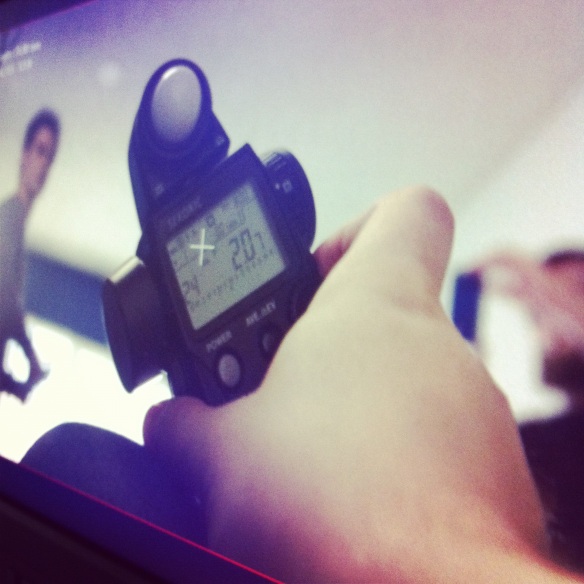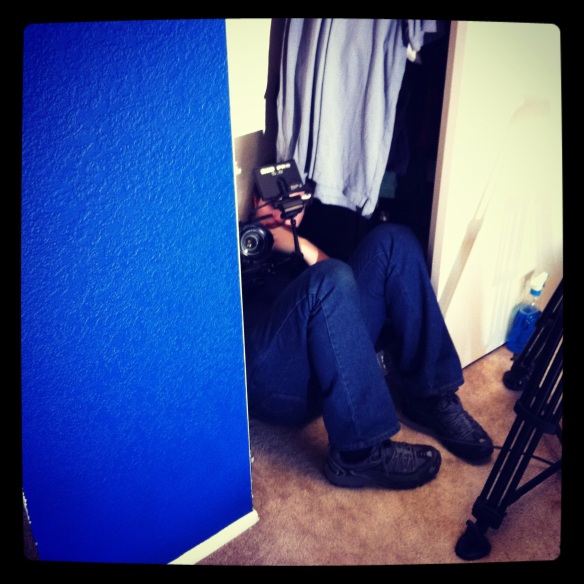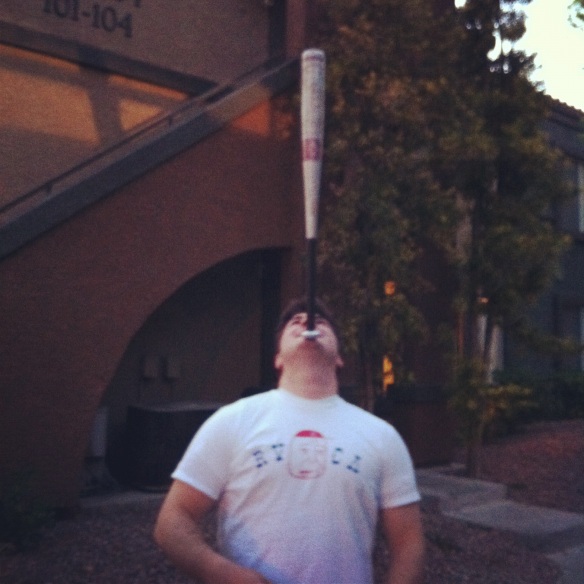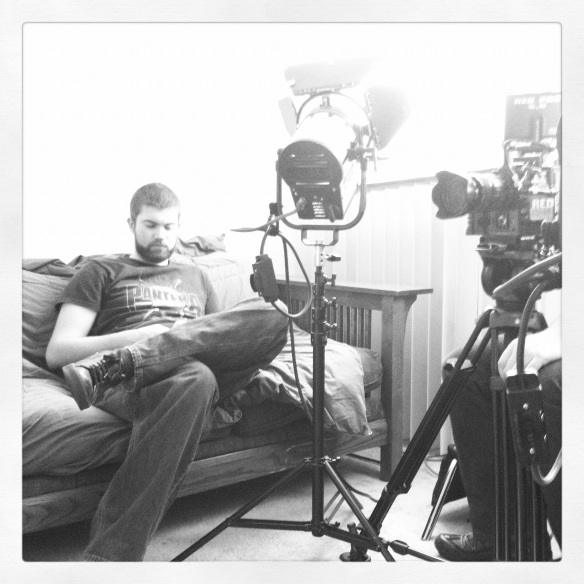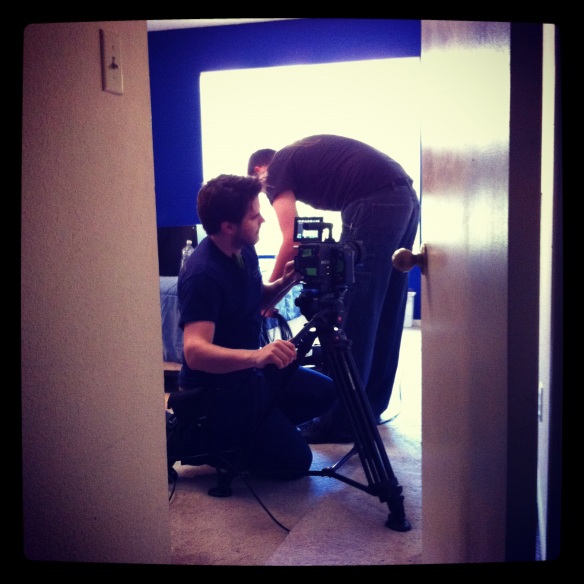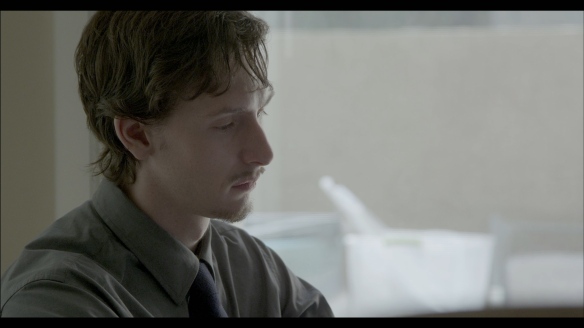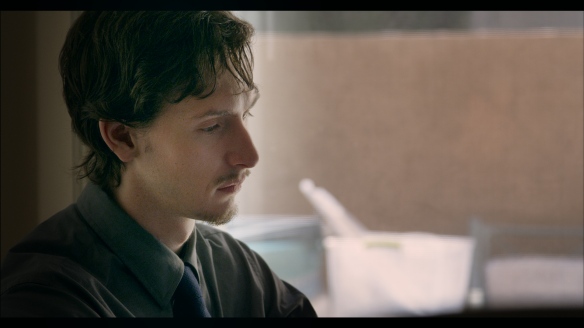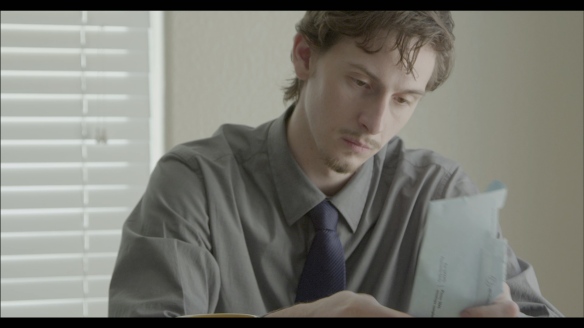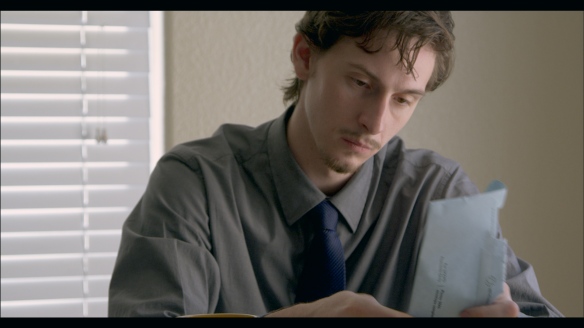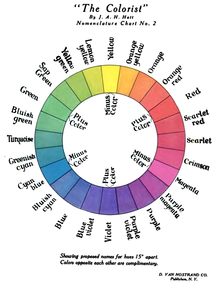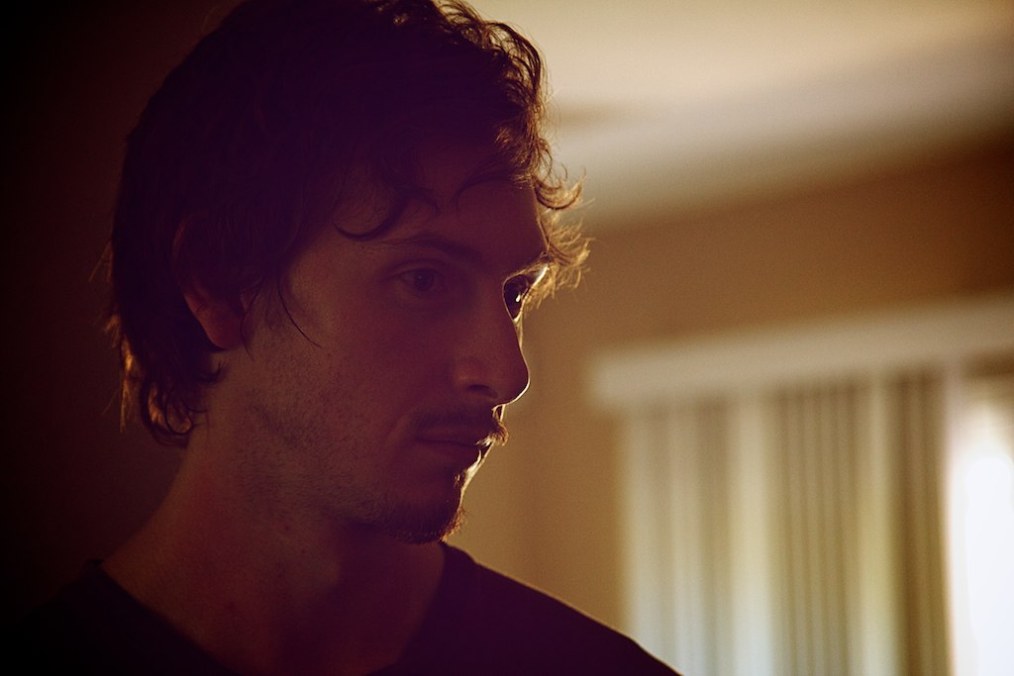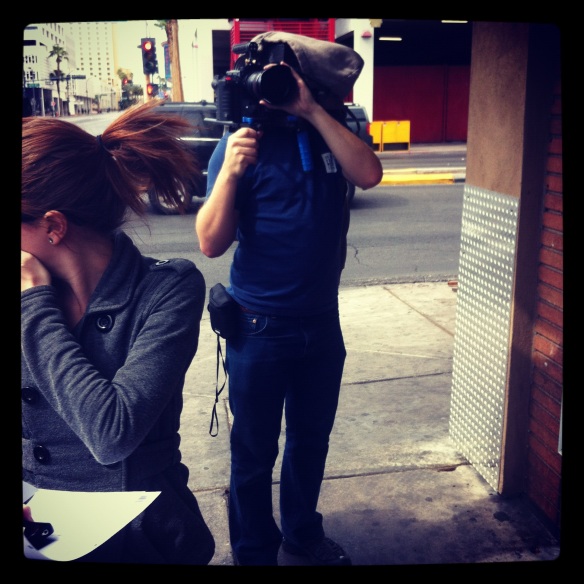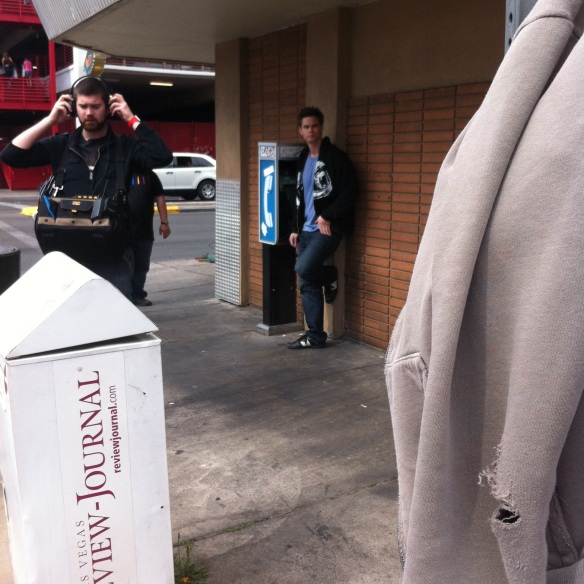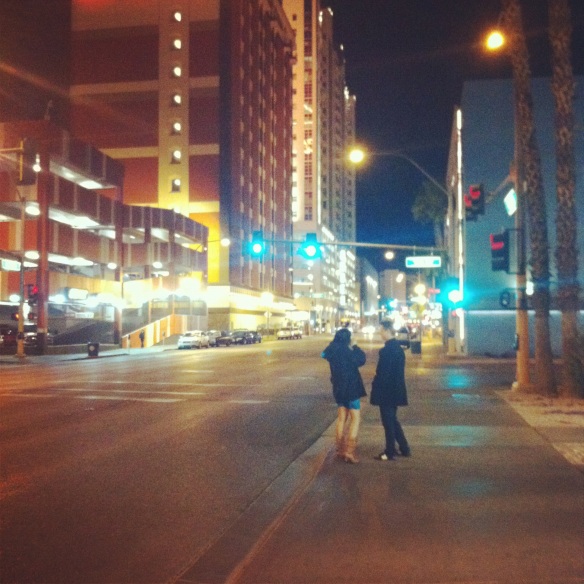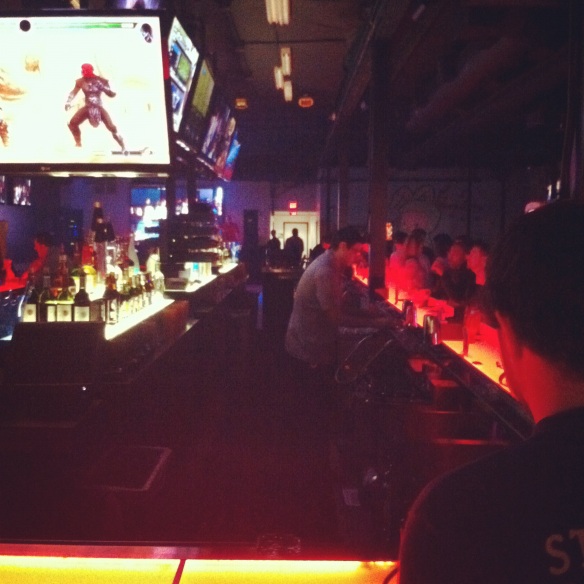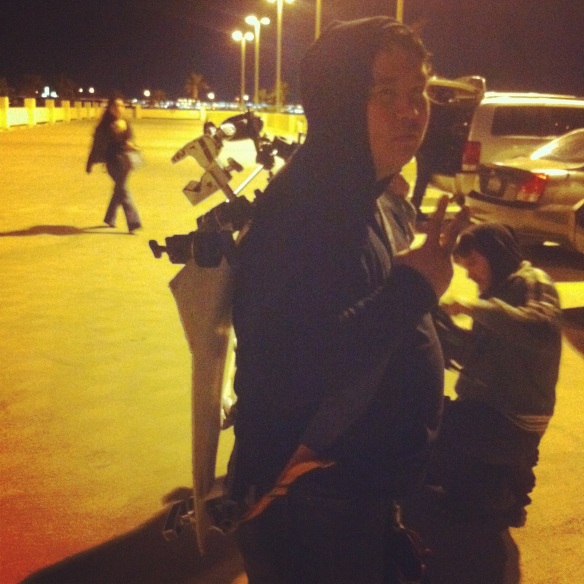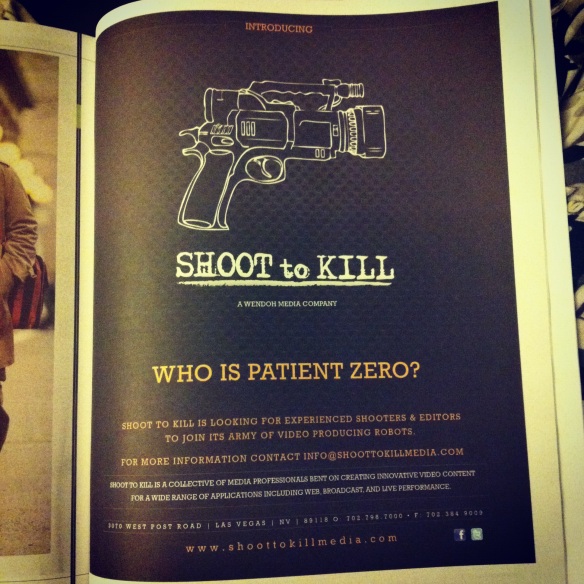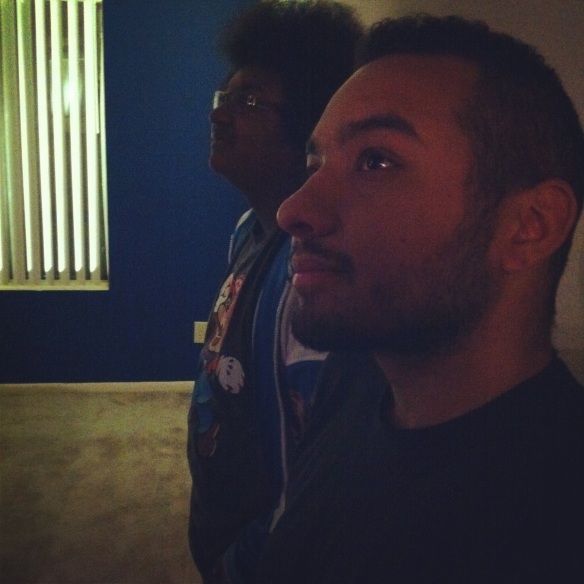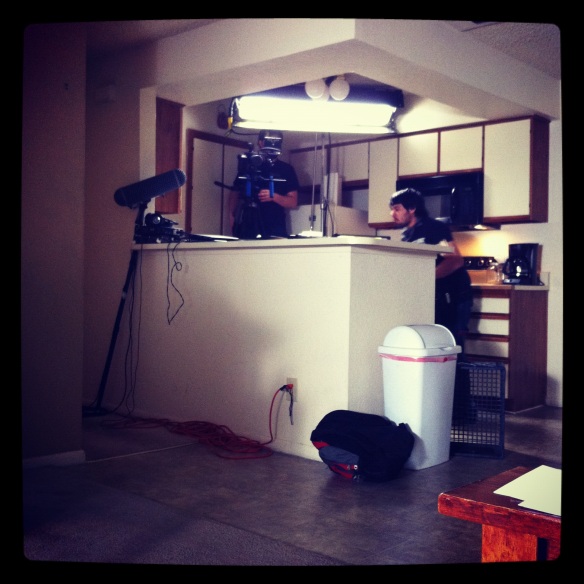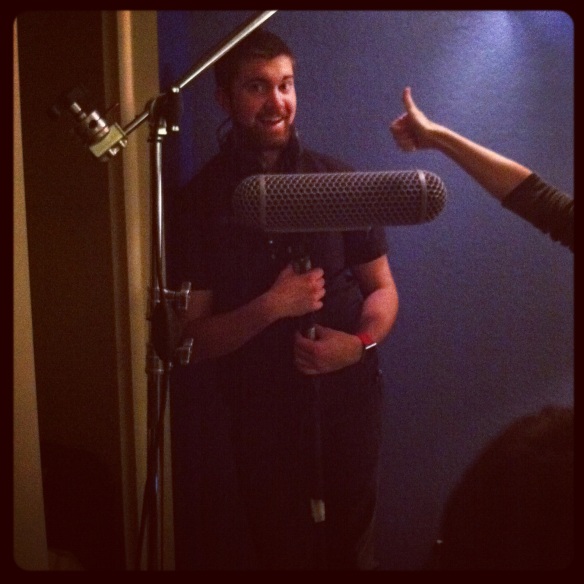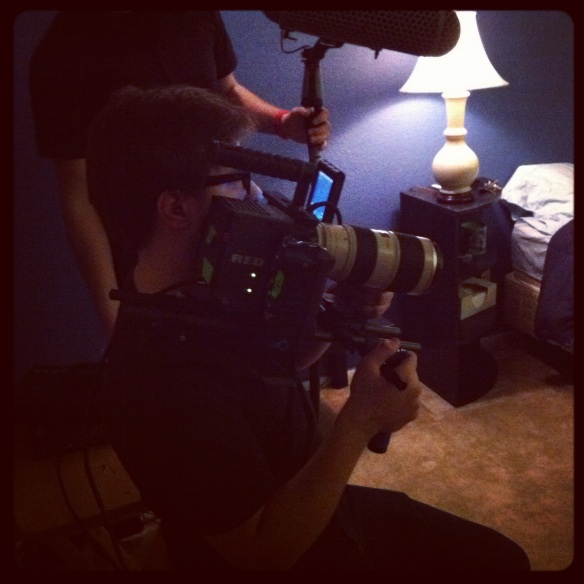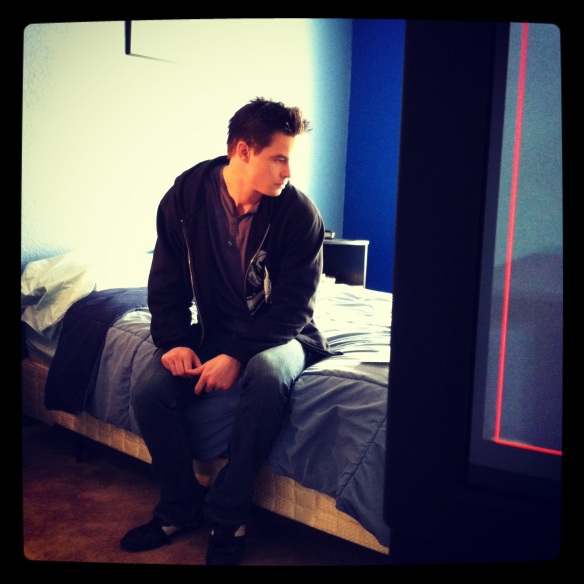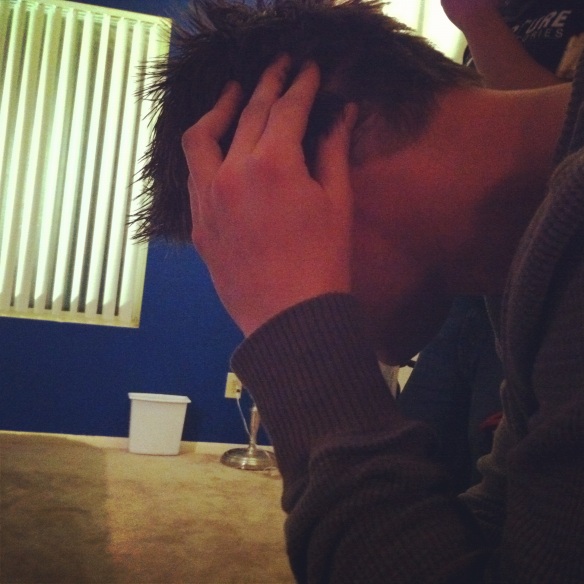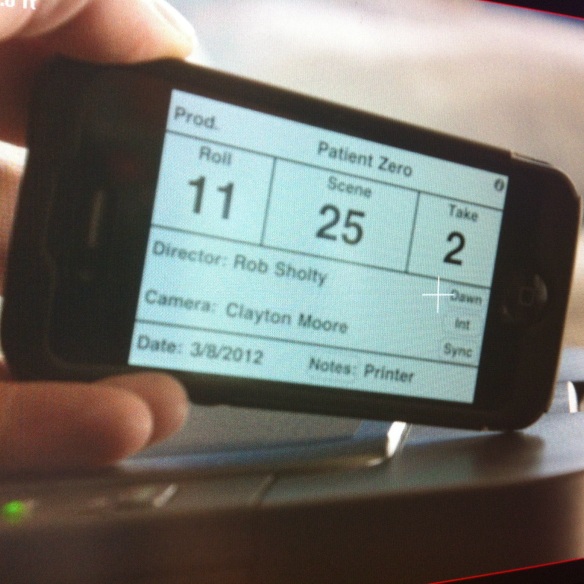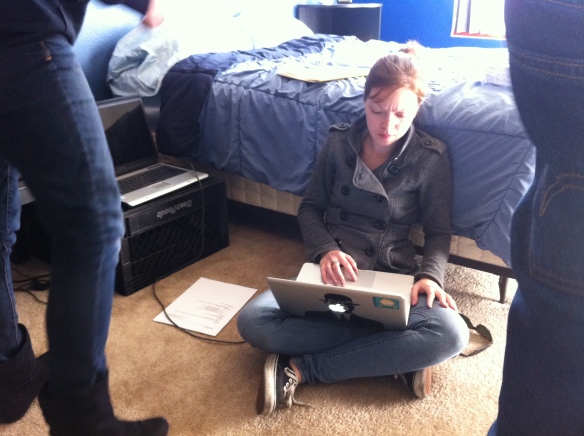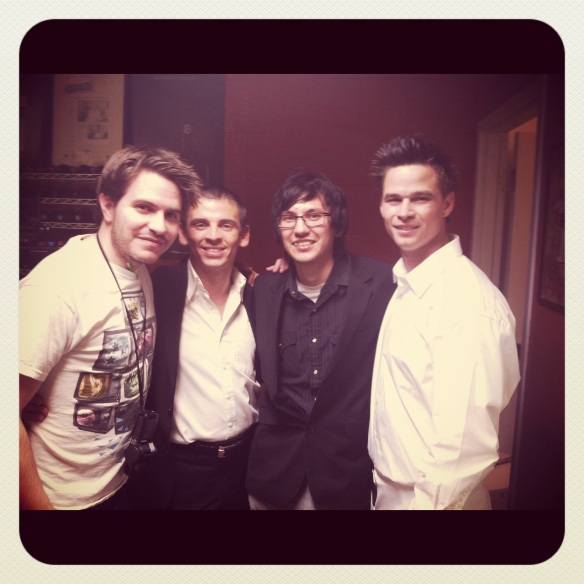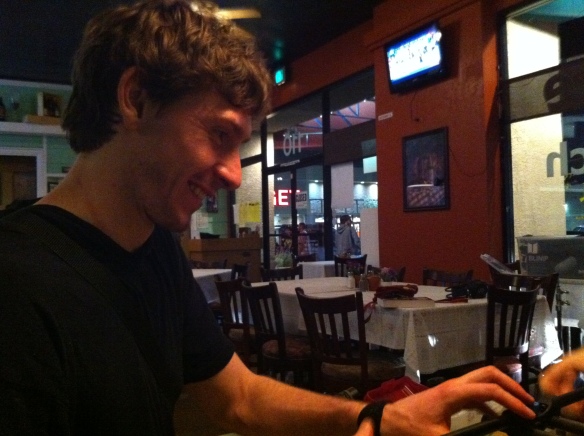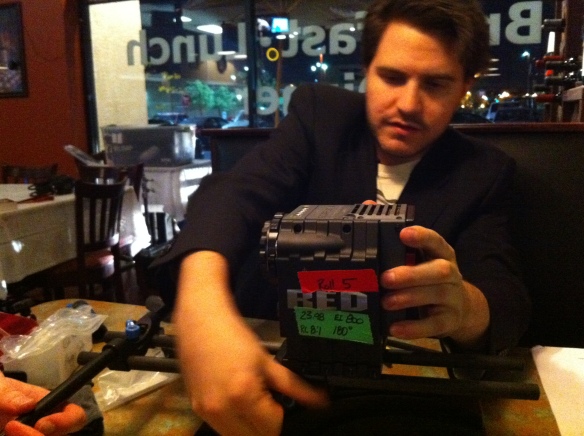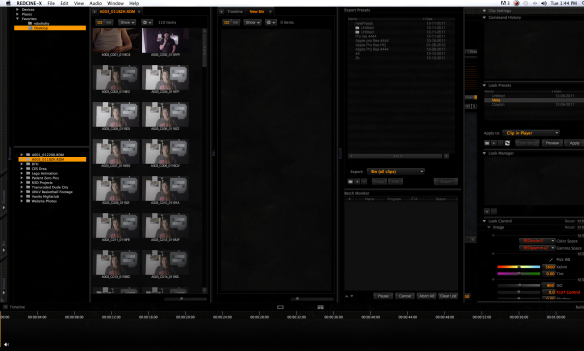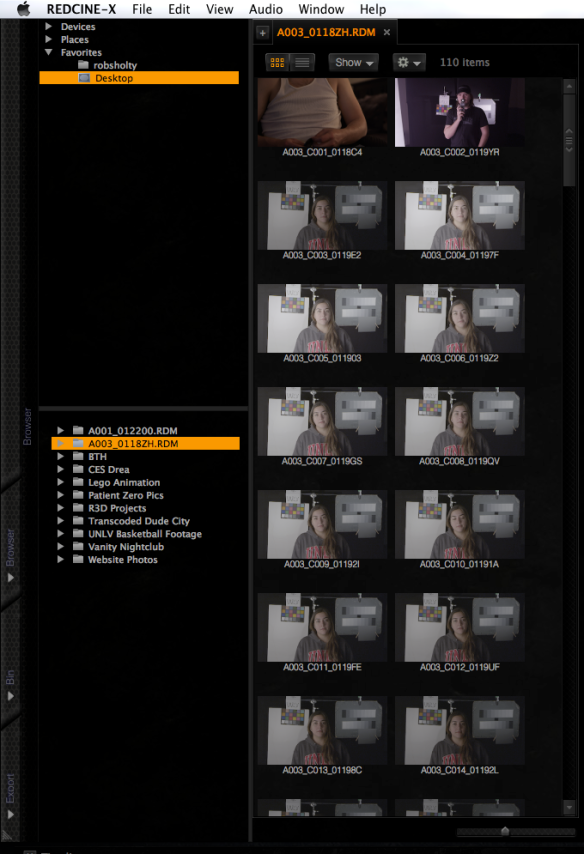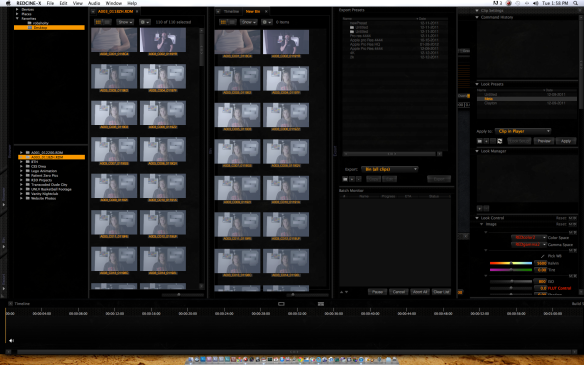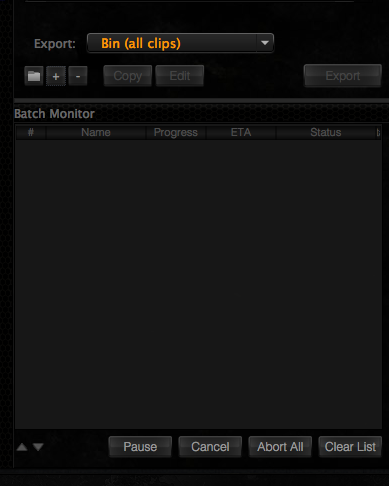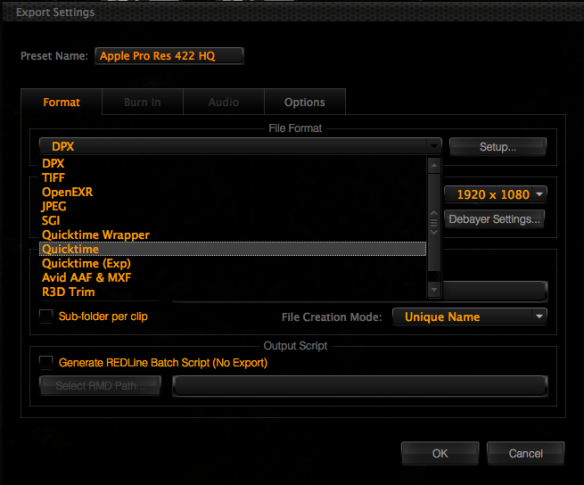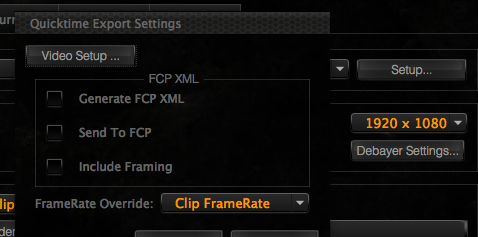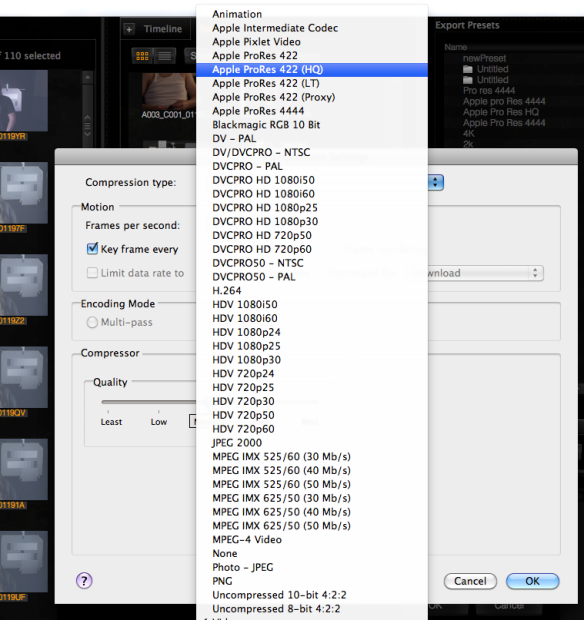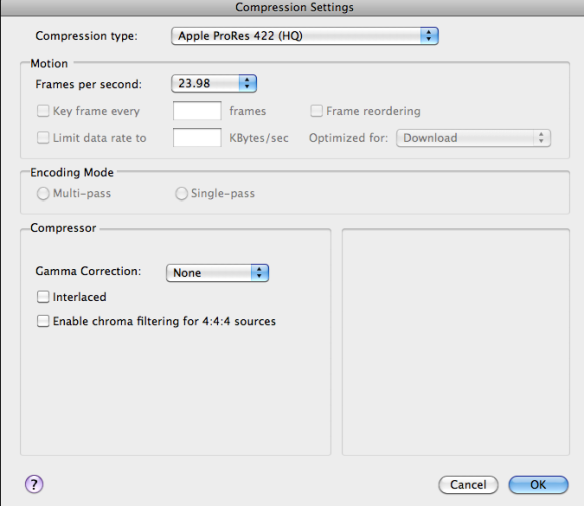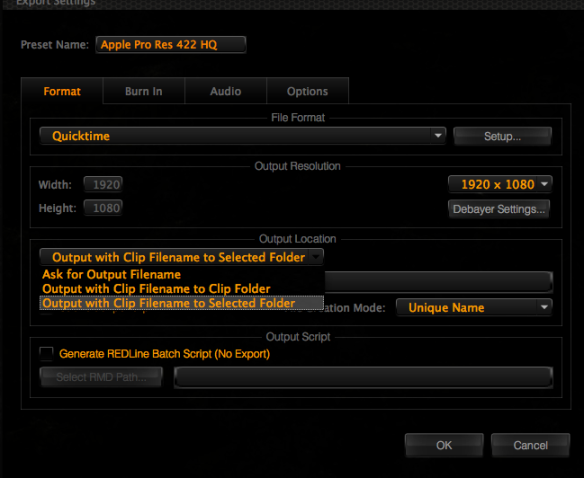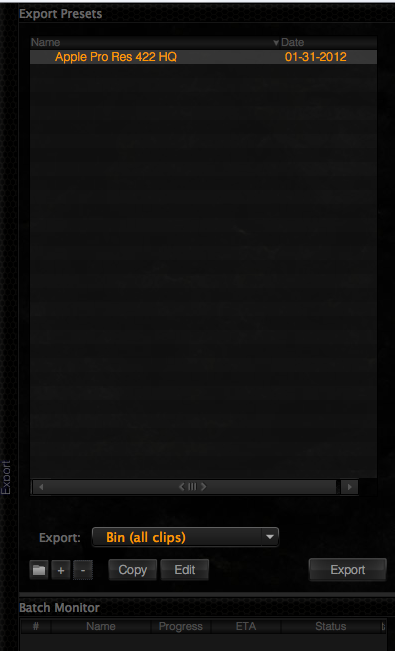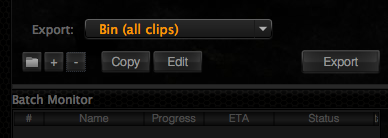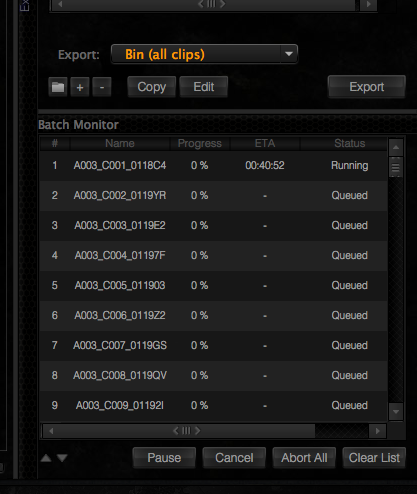Day 5
Hey guys so I am a few days behind on the blog but I am slowly going back today on our day off and catching up on some writing.
The last three days really have been a rollercoaster. For Day 5 we finished up our time at our apartment location for our main character Erik. Thanks again to Ryan Troe and Brian Merrick for being troopers and letting us raid there house with our entire film crew.
This was our first day scene in the apartment and its always tough to shoot day interiors especially when you do not have the proper equipment to light for it. You really have to rely on the sun and depending on the location of the building you shoot in you have to be very careful in your timing to make sure you do not have drastic changes in the lighting that the audience may notice.
The scene we shot was the first time that the main character Erik runs into his mom. His mom had come into his house and he had not seen her in over three months. I really commend my actors for a great job they did on this scene. Its always tough to shoot movies out of sequence so I think its very good to really talk to your actors before every scene and do your best to get them into a mindset. It can be somewhat of an emotional rollercoaster for the actors and so I try to do my best in helping them get where they need to be.
Like I said shooting day interiors can be very difficult. I had 4 day scenes I needed to shoot for that day and I ended up only getting 3 with one that needs to be re shot. Its days like these that you really need to focus and push your actors and crew to make your day. In this film I have been trying my hardest to try and get the best performances I can possibly get but it sometimes gets me in trouble and we go over schedule. Its really hard and I have been trying to figure out ways in coverage to cut down the time we need to shoot these scenes by removing shots and trying to find the most important elements we need to capture to make the scene work. On day 7 this really worked in my favor in which I will discuss on my blog post for that day. I think you really have to be on your toes to be able to deal with any situation and try to figure out solutions to every problem. I am slowly starting to realize that as a director all of your work is just solving problems. Thats all you do. If your actor is not doing what you think is best for a scene thats a problem. Then you ask yourself, “How do I fix this?” If your running out of light and you really need to shoot the scene thats a problem. How do you fix it?
One of my solutions to these problems was not the best. After we had shot the kitchen scene we tried right away to shoot a scene outside on the stairs leading up to the apartment. In the scene our main character Erik is running up the steps as his mom is leaving to go to work coming down the stairs. Logistically this was a nightmare. You have actors coming and going from the stairs at different speeds, we were losing sunlight every second, we had kids screaming in the apartment complex, airplanes flying over head, and our actors looking to me for all the answers. This is where I made a fatal mistake and its the primal reason we will be reshooting this scene. My fatal mistake was completely rushing everything. I rushed camera, I rushed crew, the actors didn’t get to rehearse and the result was a very sloppy and poorly executed scene. My actors were also not very happy and when I talked to them about it, it was clear that they felt that they did a terrible job. It was then I realized I had to re shoot it and I had just wasted all that time. It will be an easy reshoot but if I had just taken the extra 20 minutes of prep time to make sure the scene and all the crew were on the same page, I wouldn’t have to reshoot that whole scene. These type of things happen and all you can do is learn from your mistakes and move on. To me that is the greatest thing about directing. You learn new things everyday and you get so much experience on how to deal with certain situations.
Media Management
So like I have been doing with my previous post I like mixing it up between directing and also the technical side of production. In my personal opinion , as a director you should really be familiar with all of your departments to get an idea of what they do so that when questions arise you and your team can tackle it together. I have always loved learning about the technological aspects of filmmaking and it was a great experience putting together a great media management system with my post production team led by my editor Jason Edmiston and my assistant editor Brian Merrick.
As I stated in my previous post if you are just starting to read now, we are shooting on the RED Scarlet and we are shooting at 4K at Redcode 8:1. This means on our 64GB SSD cards we can shoot about 30 minutes on each card. So far I have only been shooting around 2 to 3 hours a day. It really depends on coverage and what we need to shoot for that day. Our process involves 3 SSD 64GB cards. I own two and one we are renting with a huge discount from Michael Su. Thank you Michael !!!! : )
So our workflow starts at camera. We treat the cards like digital magazines just like you would with film. All of our cards are labeled. We have Alpha, Bravo, and Charlie. On day one we labeled each card with a Reel number. Our first card Alpha was labeled Reel 001. Bravo labeled Reel 002. Charlie labeled Reel 003.
When we start shooting and a card becomes full we pull that card and put tape over the opening of the card to signify to the crew that this card needs to be dumped. The new card labeled Bravo Reel 002 is put into the camera and Alpha Reel 001 is taken by the Assistant cameraman up to our DIT station (Digital Intermediate Technician) Alpha Reel 001 card is then taken by the DIT and dumped onto two hard drives which we named Columbia Alpha and Columbia Beta. After a week of shooting when those drives fill up we switch to our other dump drives Endeavor Alpha and Beta. We rotate each week. All drives are 1TB each.
Our DIT creates a folder in each drive called Reel 001, Reel 002, etc as the cards come in. After copying the card to each of the hard drives , the DIT checks the actual memory usage on each folder to make sure they match up exactly. For example if one folder is checked and its 64.56 GB , the other folder must match up exactly to 64.56 GB otherwise we know there is a problem.
After the DIT is finished dumping the card he re labels the card in the order of sequence. If he received Reel 001 then he would now label the card Reel 004 since the other two cards are Reel 002 and Reel 003. He puts two labels on the card that read Reel 004 and one stays on the card and one the director of photography peels off and sticks to the back of the camera so that the camera departments and sound know what Reel number we are shooting on.
This process is repeated throughout the day and then at the end of the day our location sound mixer led by Nick Spraul gives his card to the DIT. The sound card can be labeled on the recorder and he follows the same exact folder structure as camera. The DIT combines the sound folder with each of the reels so now each Reel has a folder number and a sound folder to accompany it.
After all data has been downloaded to the drive , one of the”Beta” hard drives goes with the producer to watch dailies and the other drive goes to Post production. With these drives the camera reports that were taken for the day also go with post production to make sure they have all the information about shooting for that day that way all footage is accounted for and post can organize the footage by scene numbers.
From here post production uses a program called Red Cine X to transcode all of the dailies into a edit friendly format in which we are using Apple Pro Res Proxies. The process is very time consuming. You are taking massive 4K files and compressing them into small files that you can use to edit. Sometimes it can take 20 hours to transcode 1 days worth of footage. When the film is finished shooting and we have a picture lock we can then take all the edited material and export it back out to a Coloring program like Davinci, reconnect all the original 4K material and grade our movie in 4K resolution in which you have a huge control over the final look of the image.
So that pretty much wraps up Day 5. I’m going to grab a bite to eat and write about our amazing experience on Day 6. Thanks guys again for reading.
-Rob
Photos from Day 5. Also follow us on Instagram #patientzero
